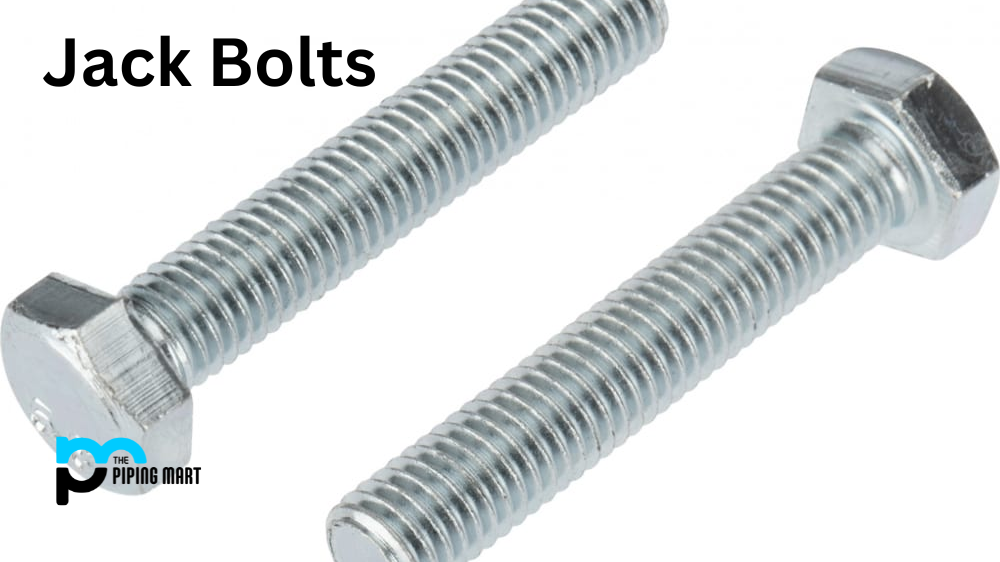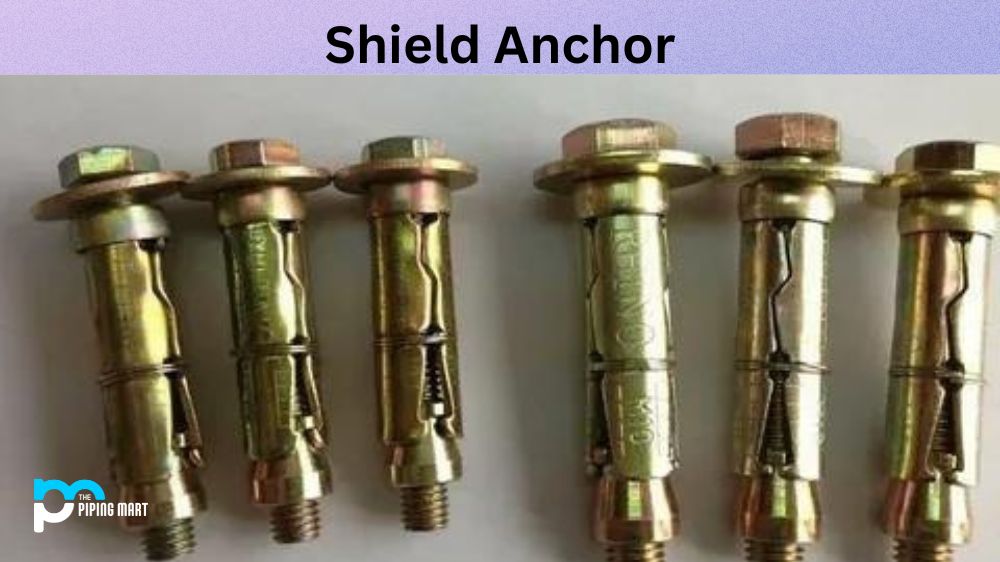Jack bolts often add and sustain force to a mechanical system. Understanding their role in these systems is essential to ensuring that they operate efficiently. In this comprehensive guide, we will discuss jack bolts, the different jack bolts, and how they are used in mechanical systems. We will also examine the benefits of using jack bolts and the potential drawbacks.
What are Jack Bolts?
Jack bolts are threaded fasteners designed to be used to assemble and disassemble mechanical systems. They are usually applied in pairs to add or sustain force to objects such as housings or flanges. The bolts usually comprise a threaded shaft and a nut, which helps secure the bolt in place.
Jack Bolts, also known as bolt tensioners or jack-up bolts, are specialized fasteners designed for high-tension applications. These unique bolts have revolutionized the industry with their ability to provide precise and uniform clamping force in a wide range of critical applications.
One of the key advantages of Jack Bolts is their ability to generate significant loads without relying on conventional tightening methods such as torque or hydraulics. This eliminates any variation in applied pressure and ensures consistent clamping force across multiple connections, improving reliability and safety.
Moreover, these bolts offer a quick and efficient solution for large-scale projects where time is of the essence. With traditional bolting methods, achieving accurate tensioning can be time-consuming and require skilled labor. However, Jack Bolts eliminates this issue by allowing quick and easy tensioning adjustment through simple turning operations.
Types of Jack Bolts
There are two main jack bolts: tension and compression jack bolts. Tension jack bolts add or sustain force by pulling the object being secured, while compression jack bolts add or sustain force by pushing on the object. The choice of jack bolts to be used will depend on the nature of the mechanical system.
Applications of Jack Bolts
Jack bolts have a wide range of applications in mechanical systems. Some of these applications include securing flanges on pressure vessels, aligning turbines to reduce vibration, and sustaining pressure on heavy machinery. Jack bolts can also be used in the assembly and disassembly of large machines to add or sustain force to prevent damage to the machine and workers during maintenance.
Benefits of Using Jack Bolts
Using jack bolts in mechanical systems offers several benefits. For example, they help to maintain the alignment and position of mechanical components, which is critical to ensure proper functioning. Jack bolts are also easy to install and remove, making them ideal for temporary fixing. Furthermore, they allow for controlled disassembly, which means a system can be safely disassembled without damaging components.
Drawbacks of Using Jack Bolts
Although jack bolts have several benefits, they have drawbacks. One major drawback is that they can introduce stress into mechanical systems, which can result in the deformation or failure of the components. Another potential drawback is that the bolts can be difficult to access, making removing them challenging or impossible.
Conclusion:
In conclusion, jack bolts are an essential component in mechanical systems. Understanding the different types of jack bolts, their applications, and their benefits and drawbacks will help you make informed decisions when selecting the appropriate jack bolts for your mechanical system. Consider factors such as alignment, accessible locations, and potential stress when using jack bolts. By doing so, you can ensure that your mechanical system operates efficiently and safely.
Sakshee is a talented blogger, with a particular focus on the Business and Metal Industry. She is passionate about sharing her insights on various metal products and helping professionals to make a better decisions.




